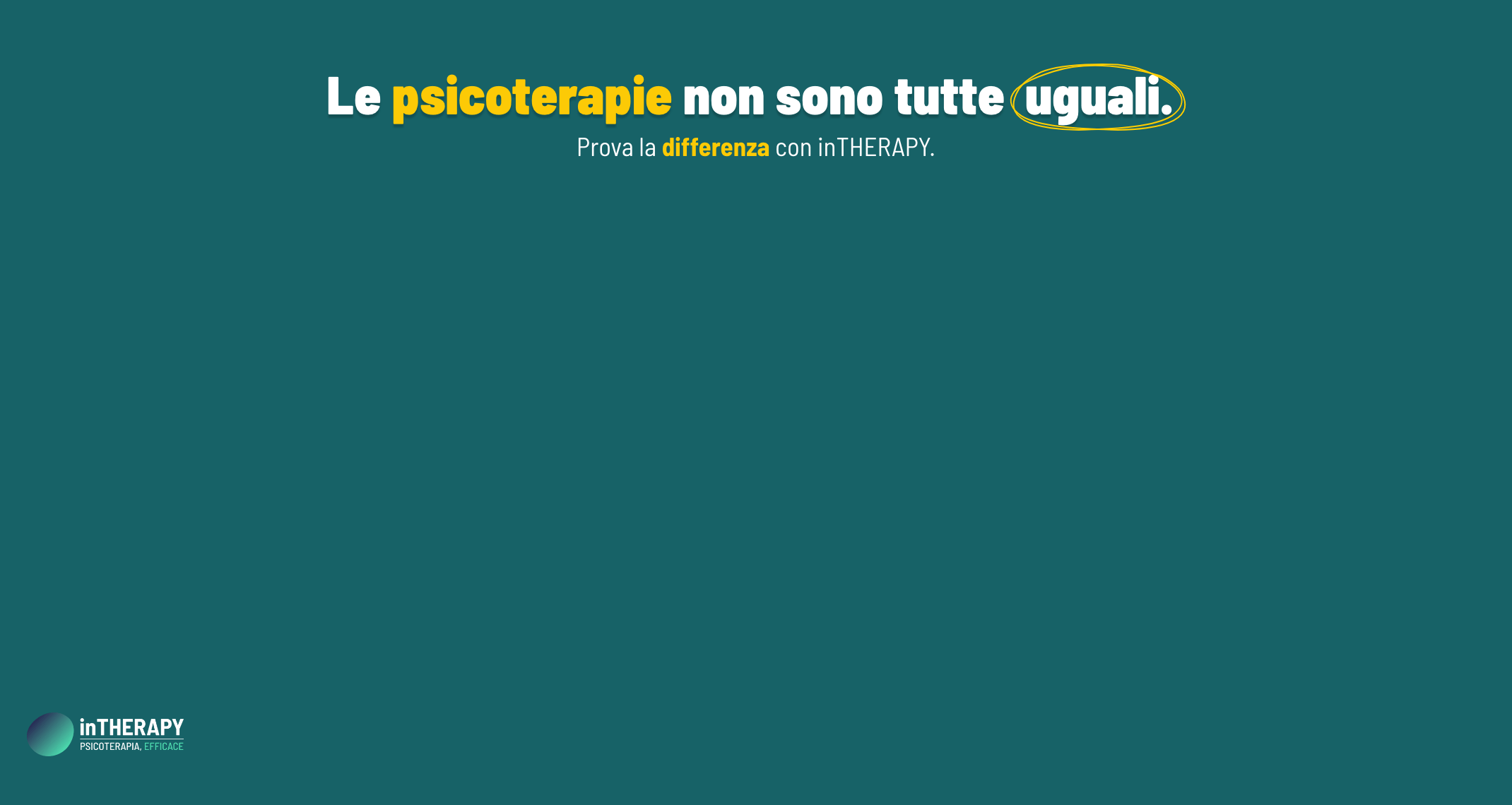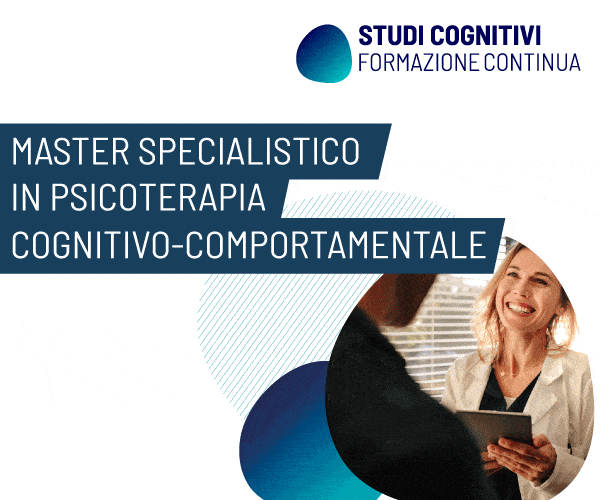Questo articolo ha partecipato al Premio State of Mind 2014 Sezione Junior
Gli anziani possono tenere più informazioni in mente, il trucco è nell’associazione positiva
Autrice: Daiana Aufiero
Abstract
La memoria la si può definire la funzione psichica volta all’assimilazione, alla ritenzione e al richiamo di informazioni apprese durante l’esperienza (Baddeley, 1993). Nell’invecchiamento tale funzione cognitiva, come tutti gli aspetti biologici e funzionali dell’essere umano, va incontro ad un progressivo calo dell’efficienza. Il presente lavoro sperimentale ha lo scopo di valutare la valenza dell’unione (binding) tra informazioni neutre: parole, e informazioni emotive: volti con espressioni emotive a valenza positiva (volti felici), negativa (volti impauriti) e neutra, in un compito di memoria di lavoro per soggetti giovani e anziani. Le parole sono state presentate sempre associate ad un volto in una serie di trial, alla fine dei quali i partecipanti erano tenuti a riconoscere se gli era stato mostrato o meno solo la parola (nel caso in cui il cue era parola), solo il volto (se il cue era volto) o volto + parola (se il cue era combinazione). L’elaborato ha preso spunto dallo studio di Mara Mather, “Invecchiamento e processi riflessivi della memoria di lavoro: Deficit di carico da Binding e Test” (2000), dal quale è emerso che gli anziani hanno maggiori difficoltà nei compiti che richiedono funzione di associazione di informazioni e dall’ipotesi di Shafer (2011), secondo la quale le cose si ricordano meglio se legate a elementi emotivi. I risultati hanno mostrato che l’associazione delle informazioni agli stimoli emotivi non ha comportato buone performance mnestiche e che, piuttosto, gli anziani risultavano sovraccaricati da tale tipo di compito; L’Effetto Positività (Charles, 2003) atteso nelle ipotesi non è stato riscontrato, tuttavia, gli individui anziani hanno riportato prestazioni lievemente migliori.
Abstract in inglese
The memory can be defined as the psychic function for assimilation, retention and recall of information learned during the experience (Baddeley, 1993). Cognitive function, in aold age, such as all aspects of biological and functional human being, undergoes a gradual decline in efficiency.
This experimental work evaluate the significance of the union (binding) between neutral information: words, and emotional information: faces with emotional expressions in positive valence (happy faces), negative (fearful faces) and neutral, in a task working memory in young and elderly subjects. The words were presented always associated to a face in a series of trials, the end of which the participants were required to recognize whether or not he was shown only the word (in the case where the cue word was), only the face (if the cue was intended) or face + word (if the cue was combination). The paper was inspired by the study of Mara Mather, “Aging and reflective processes of working memory: Binding and deficit load Test” (2000), which showed that older people have more difficulty in tasks that require function Association of information and assumption of Shafer (2011), according to which things are remembered better if tied to emotional elements. The results showed that the association of information to emotional stimuli did not result in good performance mnemonic and that, rather, the elderly were overloaded by this type of task; The Positivity Effect (Charles, 2003) expected in the hypothesis has not been found, however, elderly individuals have reported slightly better performance.






